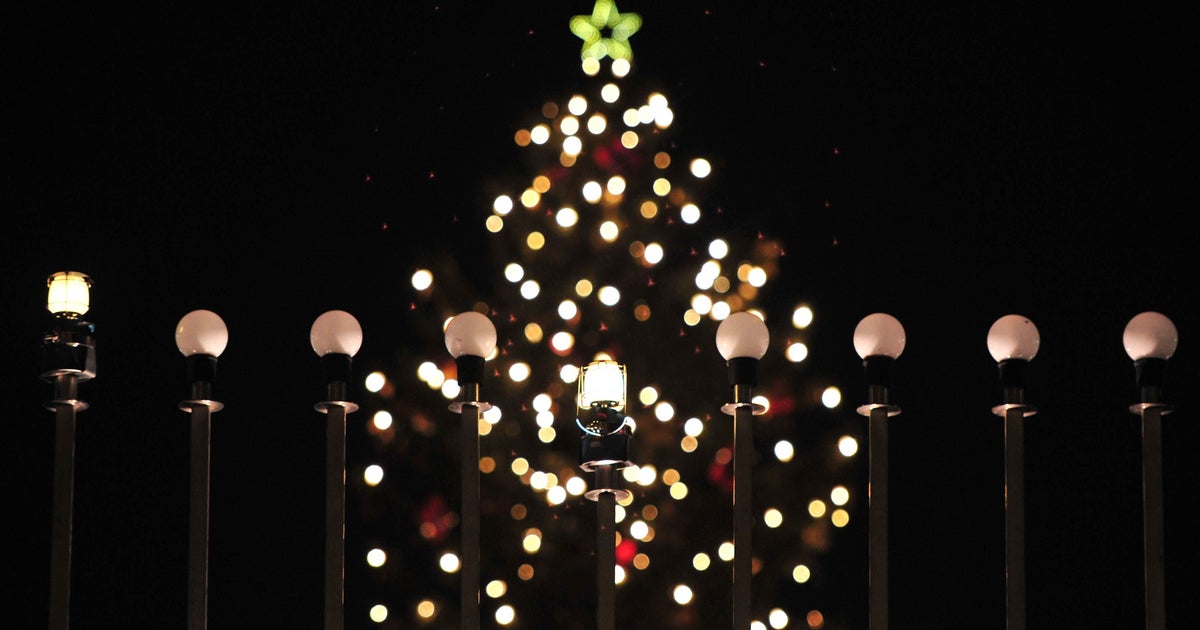How to see the supermoon eclipse this weekend
One of the most unusual celestial events in years will be visible across North America and other parts of the world this weekend. Take a look up at the night sky Sunday after dusk to get a look at the supermoon eclipse.
This is the moment when a total lunar eclipse coincides with a so-called supermoon - a full moon that's at the closest point of its orbit to Earth, making it appear bigger and brighter than usual. A supermoon eclipse hasn't been seen since 1982 and won't happen again until 2033.
You will be able to see the supermoon eclipse anywhere in North and South America, Europe, Africa, and parts of West Asia and the eastern Pacific, according to NASA -- as long as the weather cooperates and skies are clear.
The earliest signs of Earth's shadow dimming the moon will begin at 8:11 p.m. Eastern time, NASA said. The partial eclipse will begin at 9:07 p.m. EDT, as the moon passes directly into Earth's shadow. The total eclipse will last a little over an hour, from 10:11 p.m to 11:23 p.m. EDT. The last moment of the partial eclipse will pass at 12:27 a.m Eastern, according to earthsky.org.
Stargazers can look forward to seeing moon bathed in tints of red. During a total lunar eclipse, the moon often turns a reddish color when it's hit by sunlight bent by the Earth's atmosphere, resulting in a phenomenon called a "blood moon."
Some observatories are marking the event with public telescope viewings, although magnification won't be necessary -- the eclipse will be easily visible with the naked eye. Astronomers say you simply need to look to the east. And unlike solar eclipses, which can only be safely viewed through special lenses or viewing devices, it's perfectly safe to watch a lunar eclipse.
This Sunday's supermoon, although still about 220,000 miles away, will be the closest full moon of the year, about 30,000 miles closer than the average distance. The distance varies because the moon's orbit is not a perfect circle.
Some serious astronomers dislike the term "supermoon," noting that the visible difference between a regular full moon and a supermoon is slight to all but the most faithful observers.
This weekend's eclipse marks the end of a tetrad, or series of four total lunar eclipses set about six months apart. This series began in April 2014. The 21st century will see eight of these tetrads, an uncommonly good run. From 1600 to 1900, there were none.
NASA will provide a live video feed of the entire eclipse - an option in case clouds obscure your own view.




